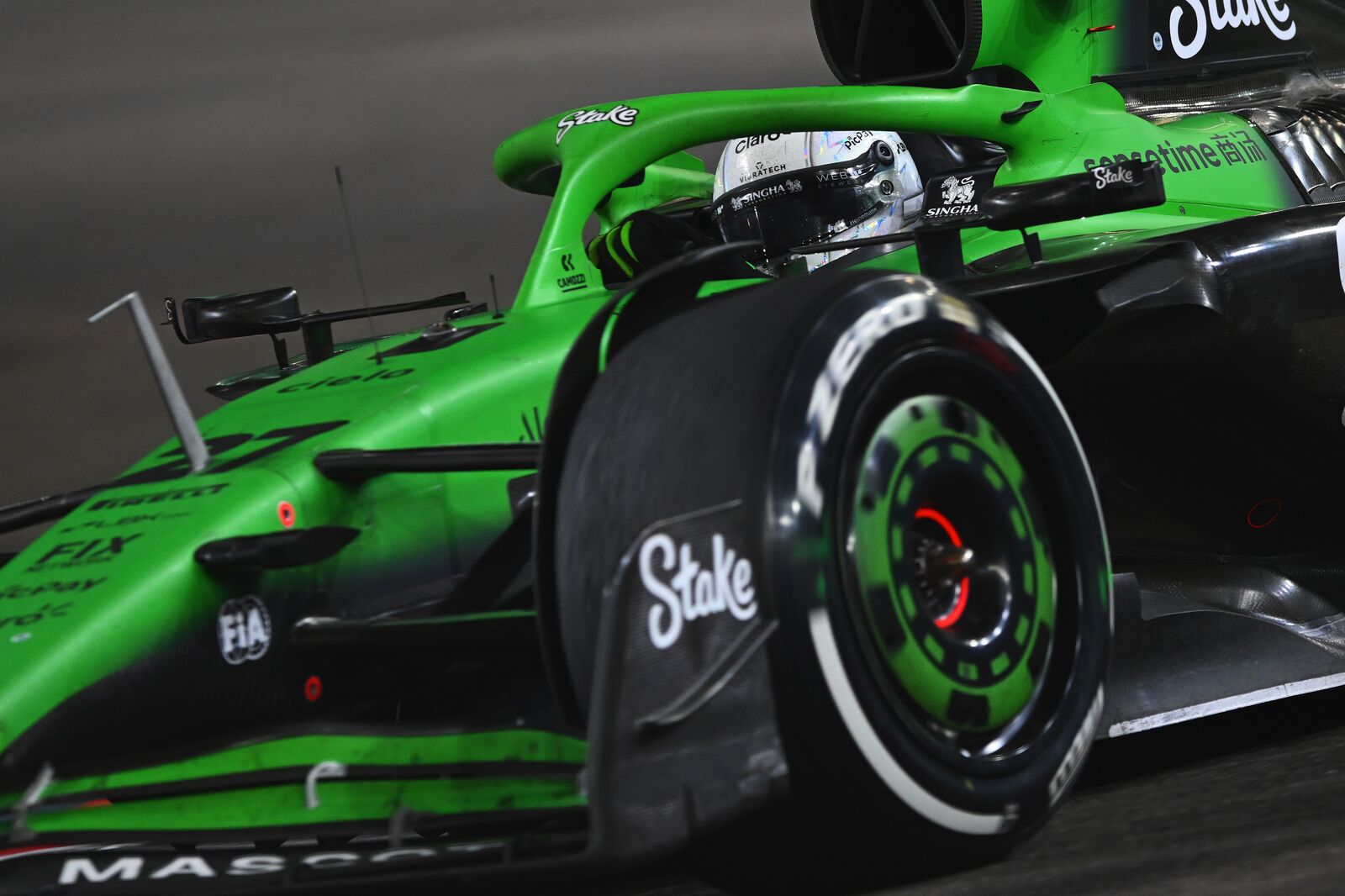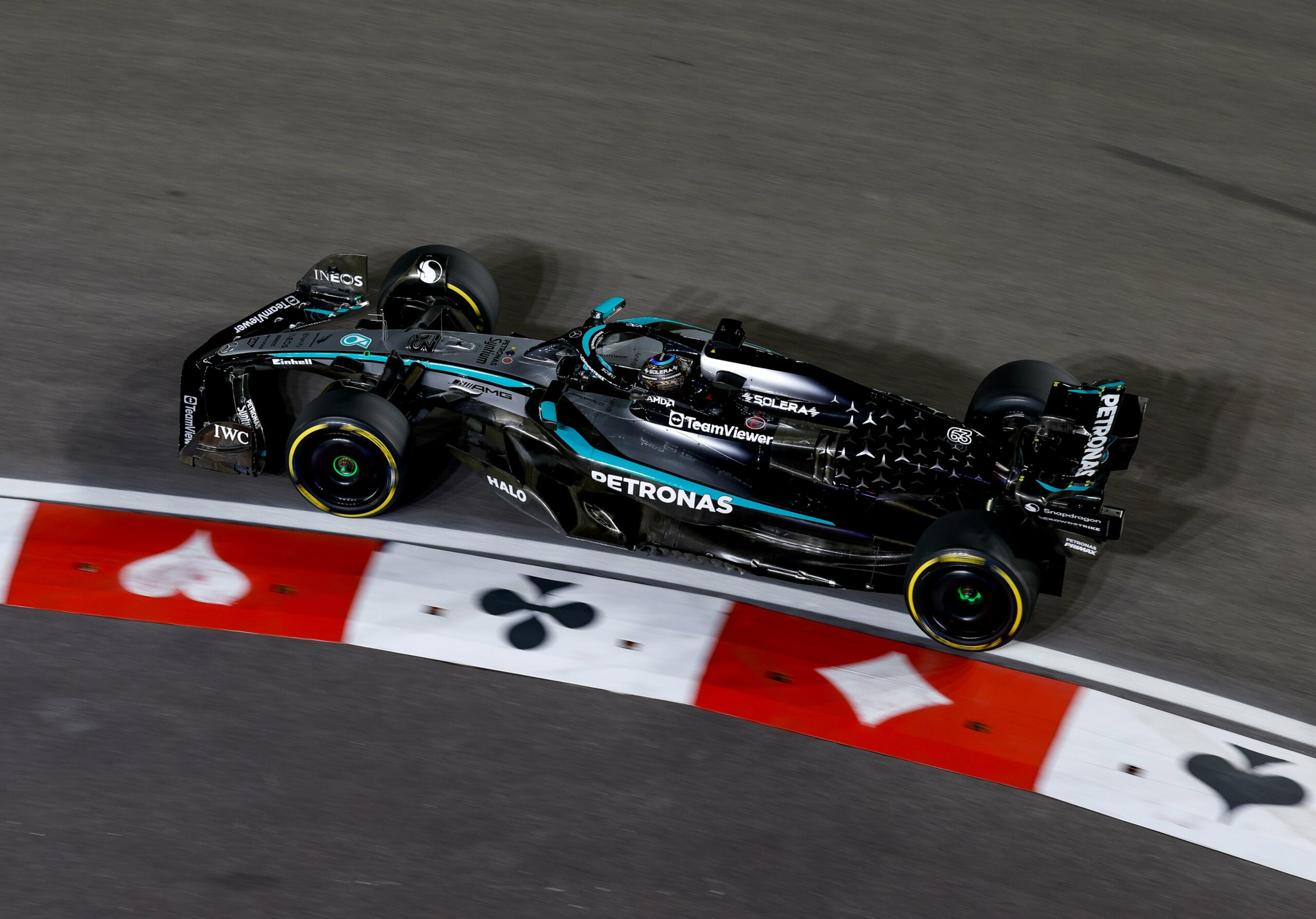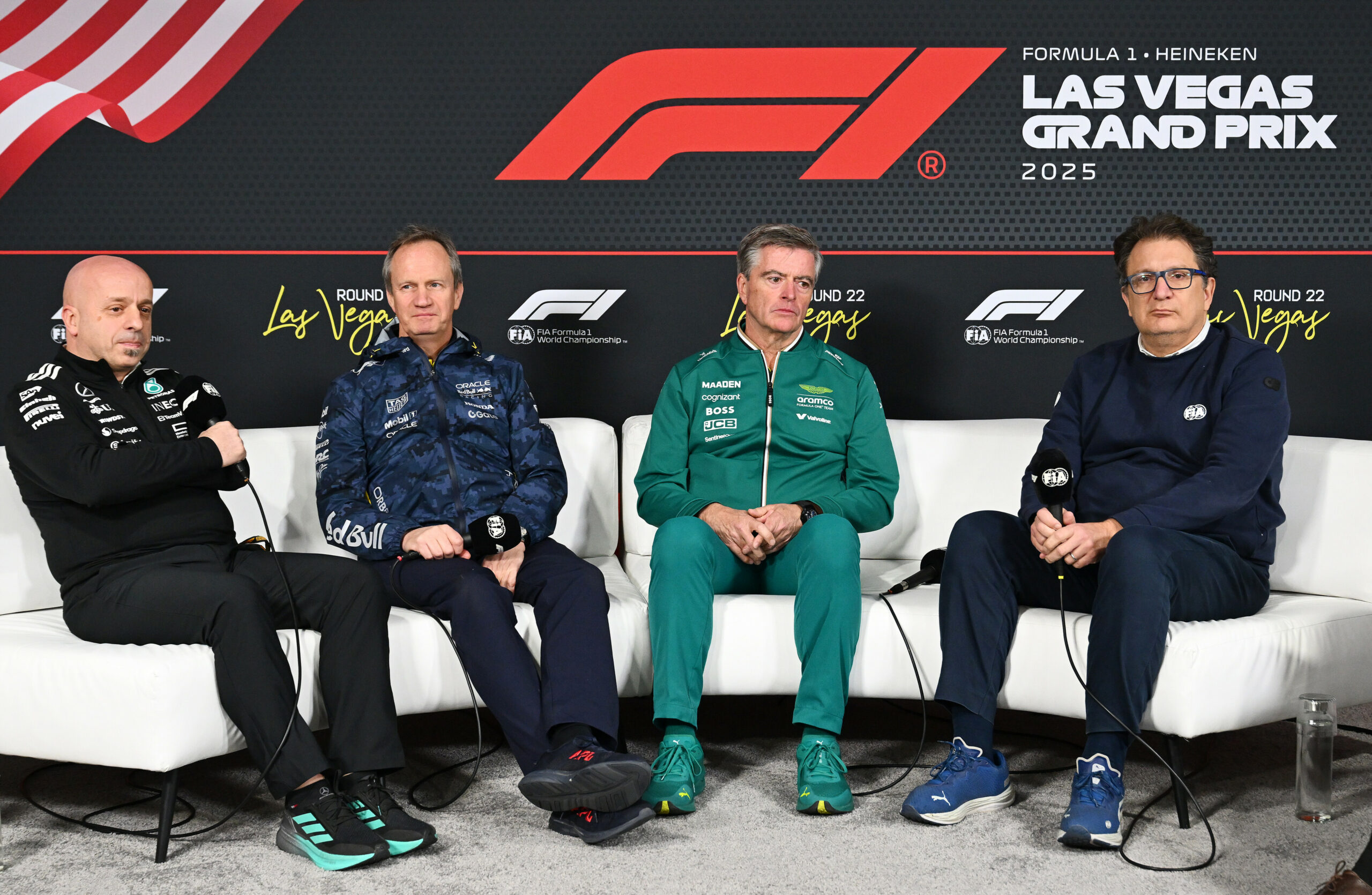Nico Hülkenberg endured a tough night at the 2025 F1 Singapore GP. After a strong qualifying performance that placed him 11th on the grid, hopes were high for a points finish under the Marina Bay lights, but his race quickly unravelled. He lost ground early as tyre wear and Sauber’s lack of pace began to show. Midway through, contact damaged his front wing, costing him crucial downforce and speed. A later lock-up and spin dropped him to the back, ending any chance of recovery. Though he made it to the finish, Hülkenberg crossed the line 20th and last, a disappointing result after such a promising start to the weekend.
Hülkenberg frustrated by strategy and car struggles in “tough” Singapore race
After the race, Hülkenberg described his Singapore GP as “a tough race, not a very positive one.” He explained that he had to take a small detour at the start, unsure whether the incident involved Bearman, Alonso, or one of the Racing Bulls, but said his position remained mostly unchanged after the opening lap.
Hülkenberg admitted that a late pit stop cost him valuable track position and trapped him in traffic, making it difficult to recover. He also pointed to deeper issues with the car’s handling, noting that Sauber struggled badly through the slow corners. “We have real problems with the characteristics,” he said. “At the start of these slow corners, we can’t keep up at all.”
“Well, it was a tough race, not a very positive one. I had to make a little bit of a detour at the start. I don’t know if it was Bearman, Fernando [Alonso] or the RB, but I think it was more or less unchanged after the first round.”
“Then we have to look at the strategy. Because we stopped late, we lost the track position and the traffic. It was very difficult with our car. We have real problems with the characteristics. At the start of these slow corners, we can’t keep up at all. And yes, the rest is not worth mentioning.”
Hülkenberg blames rear instability for close call with Colapinto in Singapore
Hülkenberg later explained that his near-miss during the Singapore GP with Franco Colapinto was triggered by an unexpected change in braking. As he closed in, the Sauber lost rear stability, causing the back end to lock up and forcing him to take evasive action. He noted that the car becomes difficult to control when following another closely, as it struggles to maintain grip and balance — an issue that has plagued the team throughout the season.
“I don’t know. I think he braked much earlier, 100 metres from the gas than the normal braking point. That’s the problem with our car. When we get close to the car, the rear axle of the rear wheel loses a lot of downforce. The rear axle is blocked.”
Hülkenberg frustrated by lack of action and rear grip issues in Singapore
Reflecting on his race, Hülkenberg admitted that the Singapore GP offered little excitement, calling it a static and uneventful affair for both drivers and fans. The lack of incidents or a safety car left few opportunities to change strategy or gain positions. Midway through the race, he had a scare while chasing Colapinto, reacting sharply to avoid contact when the Alpine slowed unexpectedly.
The sudden maneuver caused his Sauber to lose rear grip, momentarily sending him off balance. Another sign of how unpredictable and difficult the car felt to handle in close racing conditions, turning an already tough evening into a frustrating one.
“It was pretty tedious, I think. It was a static, boring race. As well for me as for the spectators. I don’t think a lot happened. And everyone was waiting, like last year, for a safety car. But unfortunately nothing happened.”
“I don’t know what my colleague did. He braked much earlier. I closed in and reacted to not hit him. But in that moment you lose so much downforce on the rear axle. And I lost control of the car.”
Hülkenberg credits cooling vest for easing physical strain in demanding Singapore GP
Looking back, Hülkenberg compared this year’s race to previous Singapore outings, noting that some past editions were even more exhausting. He admitted that while the 2025 race was physically demanding, it wasn’t as punishing as in earlier years, partly thanks to the introduction of the cooling vest. The device, he explained, helped delay the effects of extreme heat, even if the difference became harder to notice as the race went on. Despite the tedious nature of the evening, Hülkenberg remained upbeat, saying he was simply glad to make it through one of Formula 1’s toughest tests.
“There were some that were evene more tedious. Last year it was harder and 2023 as well. I think the cooling vest is positive. It’s hard to tell the difference. In the beginning you feel the cooling effect. And at some point the temperatures mix up. But I think it delays the extreme heat effect. That’s why I’m happy to be here.”





